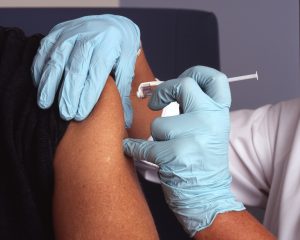What are Antibiotic Resistance Organisms (AROs) and Antimicrobial Organisms (AMOs) and how do they occur?
Microbes are small, microscopic living organisms such as bacteria and fungi that live both in the environment and the human body. While most microbes are harmless, some microbes can cause infections that need to be treated with medications called antimicrobials, which are intended to stop their growth or kill them (Centers for Disease Control and Prevention [CDC], 2020). Common antimicrobials include antibiotics that fight bacterial infections and antifungals that fight fungal infections. In order to survive, some bacteria and fungi have developed the ability to morph or evolve as a way to defend themselves against the medications intended to stop their growth or kill them thereby making them resistant to the effects of these medications. AROs and AMOs are microbes that have become resistant to medications intended to kill them permitting further growth which can cause infections. Common AROs are Vancomycin-resistant Enterococcus (VRE) and Methicillin-resistant Staphylococcus aureus (MRSA). While a common AMO is Fluconazole-resistant Candida (CDC, 2020).
Infections that are caused by AROs and AMOs can be difficult and sometimes impossible to treat. Medications used to treat AROs and AMOs can be costly and cause negative side effects in some clients (CDC, 2020). Infections with AROs and AMOs can extend hospital admissions and make vulnerable clients more susceptible to other infections, including healthcare associated infections.
The CDC identifies several methods that can be used to help prevent, control, and stop the spread of infections associated with AROs and AMOs.
- Perform hand hygiene.

- Get vaccinated and maintain immunization status according to provincial and territorial schedules.
- Use antibiotics only when necessary and as instructed (e.g., take full course of antibiotics).
- Monitor any chronic conditions such as diabetes or heart disease to maintain health status.
- Keep any open sores or cuts covered and clean until healed.
- Handle food properly.

